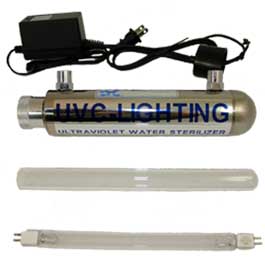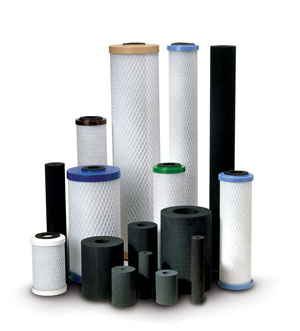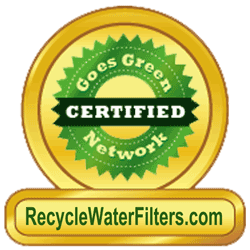Common Drinking Water Contaminents
Bacteria, Cysts & Viruses in Drinking Water
Bacteria, Cysts & Virus Issues
Bacteria, Cysts & Virus contaminants might not produce a smell, taste or seen. Some waterborne microbes can cause serious illnesses. Small levels of microbes occur naturally in many water supplies, but some are more mcuh dangerous than others. Hihjly dangerous microbial contaminants such as E. coli, Giardia, and Cryptosporidium, can cause gastrointestinal problems and flu-like symptoms, This is commonly sourced to undercooked or improperly stored food.
Bacteria is a single-celled organism. They exist almost everywhere on earth. Some bacteria are helpful to humans, while others are harmful or deadly.
Viruse are parasitic infectious microbes composed almost entirely of protein and nucleic acids, which can cause disease in humans. They are 0.004 to 0.1 microns in size, which is about 100 times smaller than bacteria. Removal by RO Reverse Osmosis System or distillation.
Cysts are capsules or protective sacs produced by many protozoans. Similar to spores, cysts tend to be more resistant to elemination by disinfection. Fortunately, protozoan cysts are typically 2 to 50 microns in diameter and can be removed from water by fine filtration. The most commonly used water filters for drinking water are 1 micron or smaller carbon blocks.
There are both chemical and physical ways to disinfect water. Chemical disinfection often uses chemicals such as chlorine, iodine, bromine, or ozone, while common physical choices are ultraviolet (UV) light, ultrafiltration, and distillation. These processes can eliminate 99.9 - 99.9999% of harmful microorganisms. Water treatment can address pathogenic microbiologicals through the following techniques:
Chlorination
The treatment process in which chlorine gas or a chlorine solution is added to water for disinfection and control of microorganisms. Chlorination is also used in the oxidation of dissolved iron, manganese, and hydrogen sulfide impurities. This method of disinfection involves adding chlorine to water to make it safer to drink. It’s common, cost-effective, and quick, killing many pathogenic microorganisms. It can even oxidize or break down iron, manganese, and hydrogen sulfide, which can result in water that is clearer and tastes better. Some people find that chlorine gives water its own objectionable chemical taste and odor. It also can produce disinfection byproducts (which may cause health issues) by reacting with other substances in water when stored. These byproducts can often be filtered out with activated carbon.
Ultraviolet (UV) Light
The UV disinfection method, which does not involve chemicals, has long been popular for commercial use, but is becoming more common in homes. UV systems expose water to light at just the right wavelength for killing microbes. It’s a way to kill bacteria, viruses, fungi, protozoans, and cysts that may be present in the water. The effectiveness of UV treatment depends on the strength and intensity of the light, the amount of time the light shines through the water, and the quantity of particles present in the water. The light source must be kept clean and the UV lamp replaced periodically. UV light treatment can’t remove gases, heavy metals, and particulates; for that reason higher-end systems may include additional filtration such as activated carbon or reverse osmosis. 
Ozone
Ozone is produced when oxygen is exposed to high-voltage current. The use of ozone in water treatment can destroy viruses, bacteria, and other microorganisms, while also removing iron, sulfur and manganese. Ozone does its job quickly and then rapidly decomposes, cutting down on the introduction of harmful disinfection byproducts and foul tastes or odors associated with chlorination. This process tends to be more costly and energy-consuming and is typically used commercially or by large municipalities.




